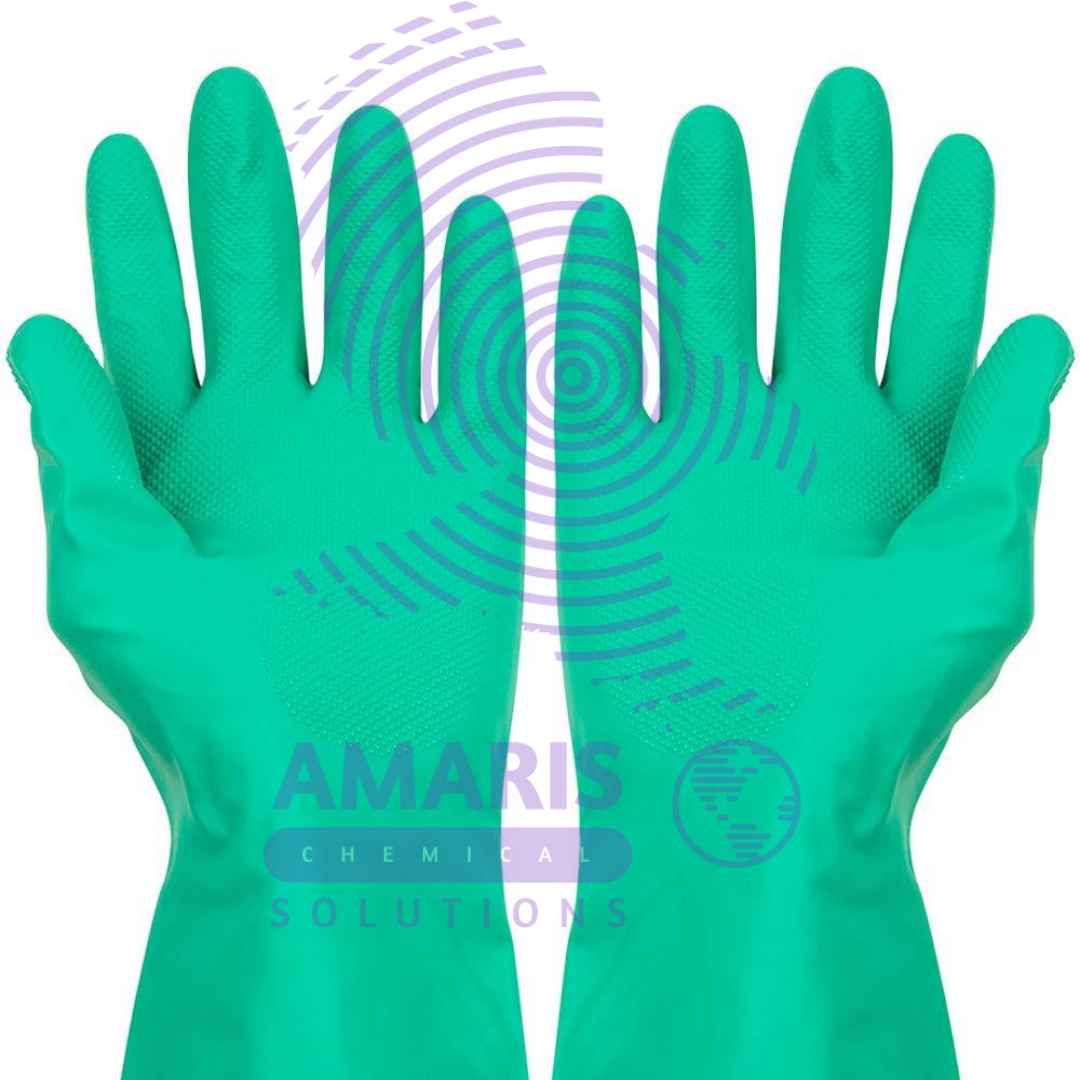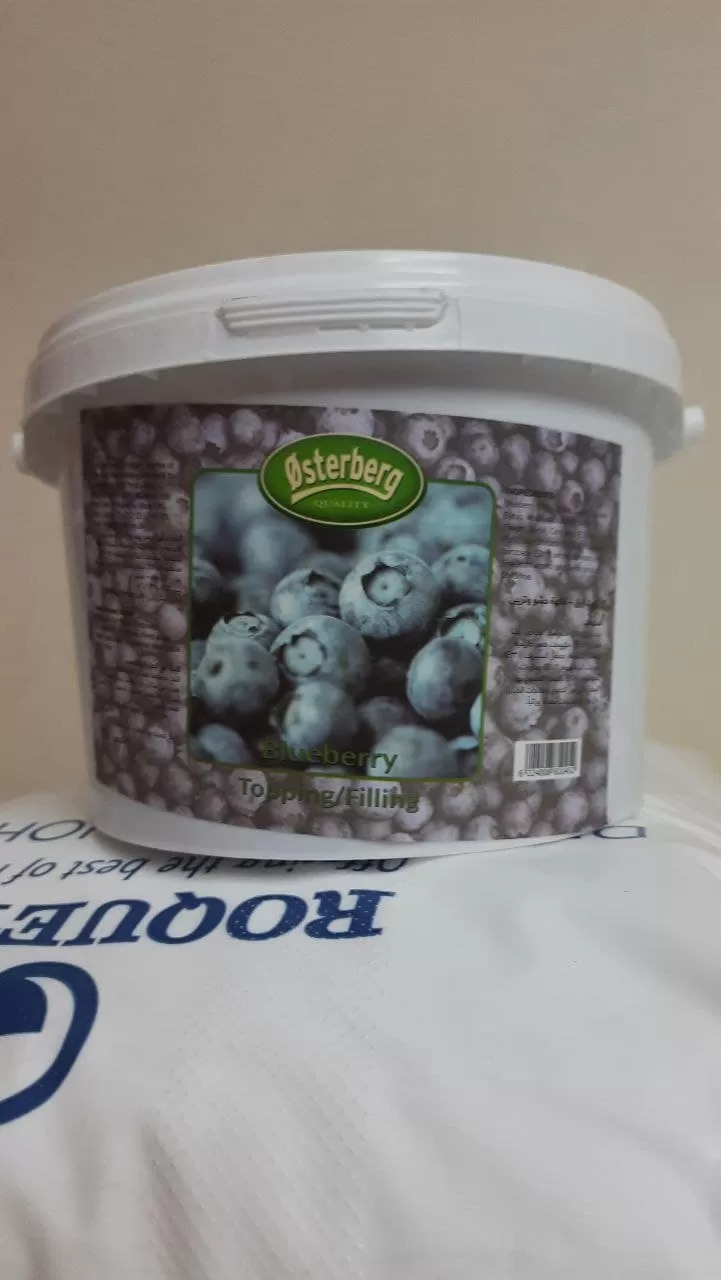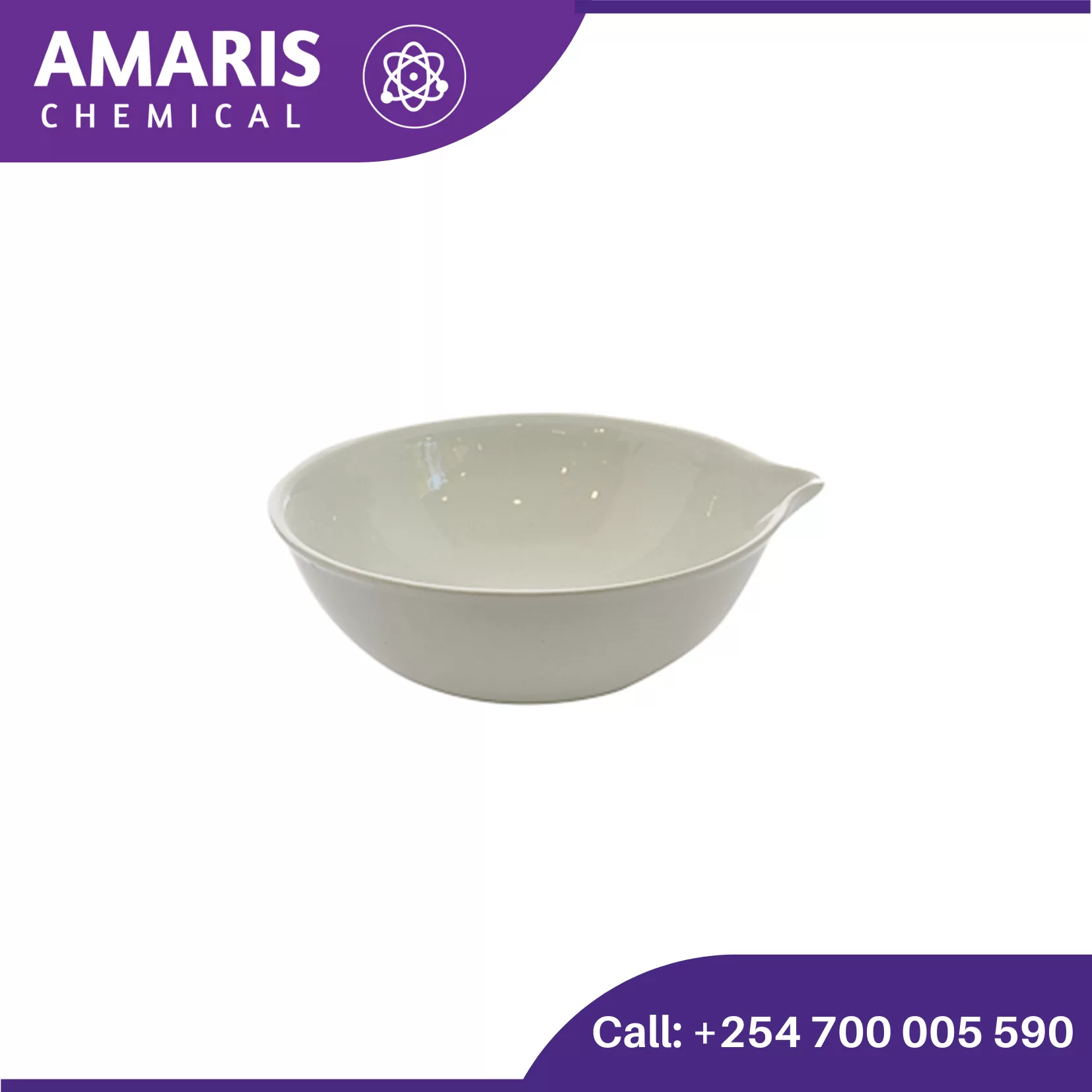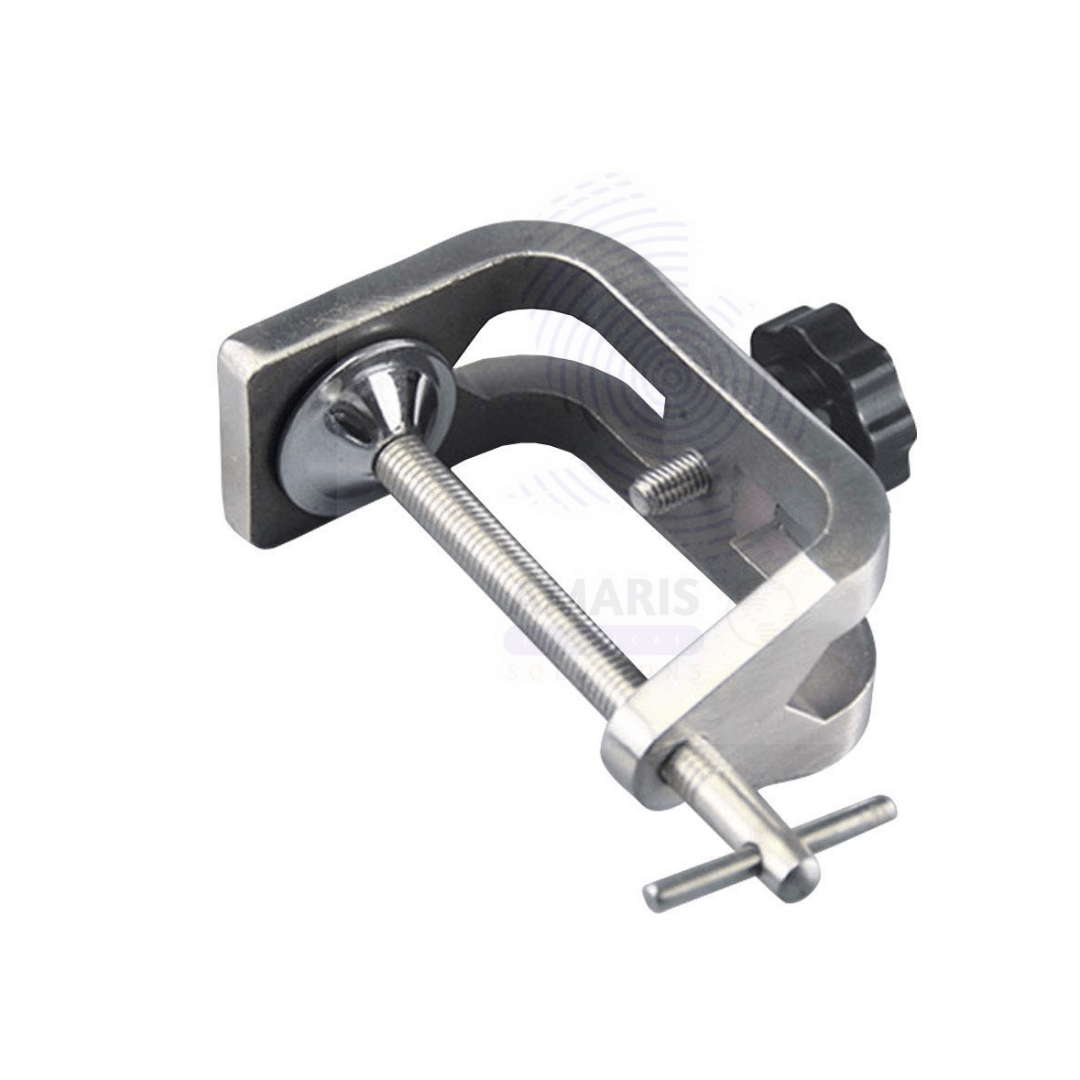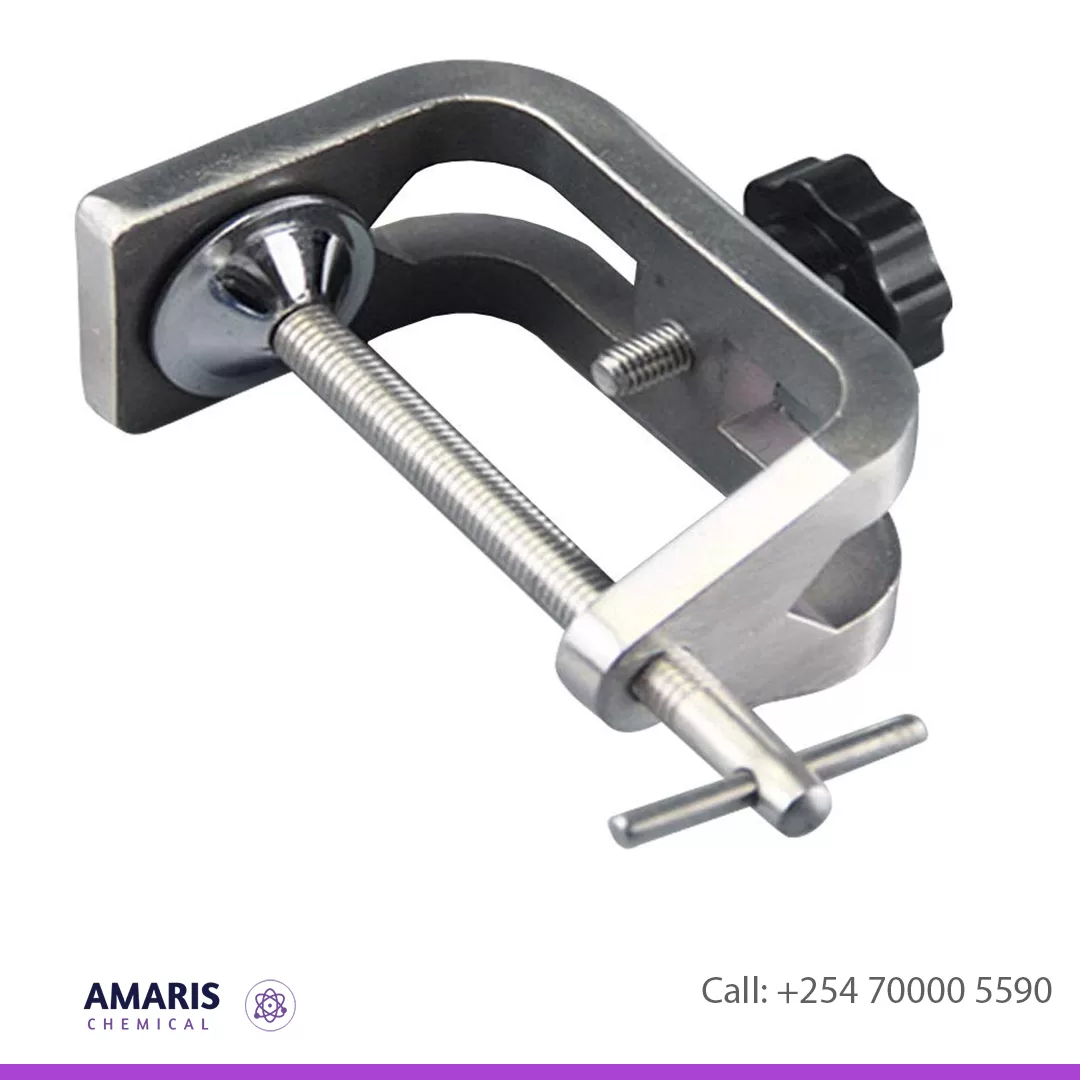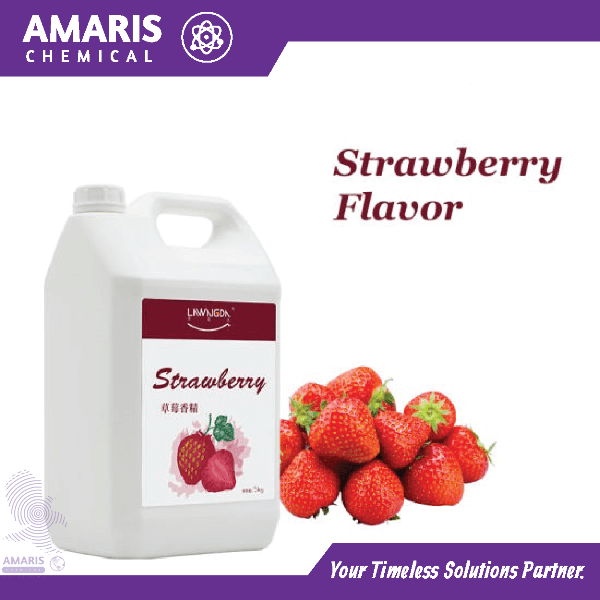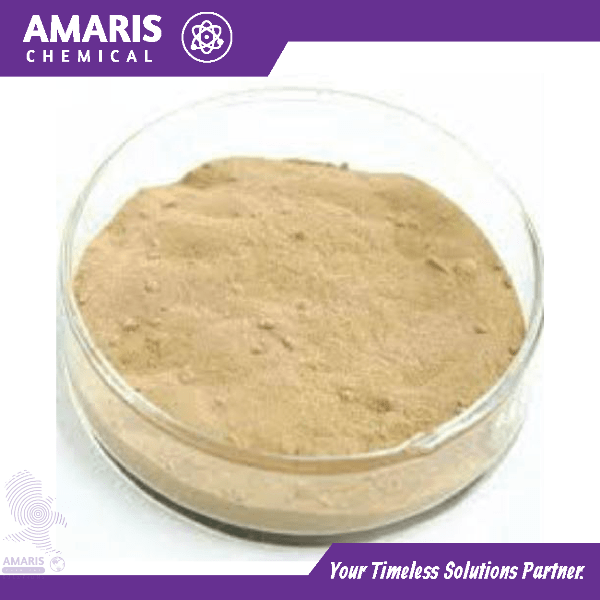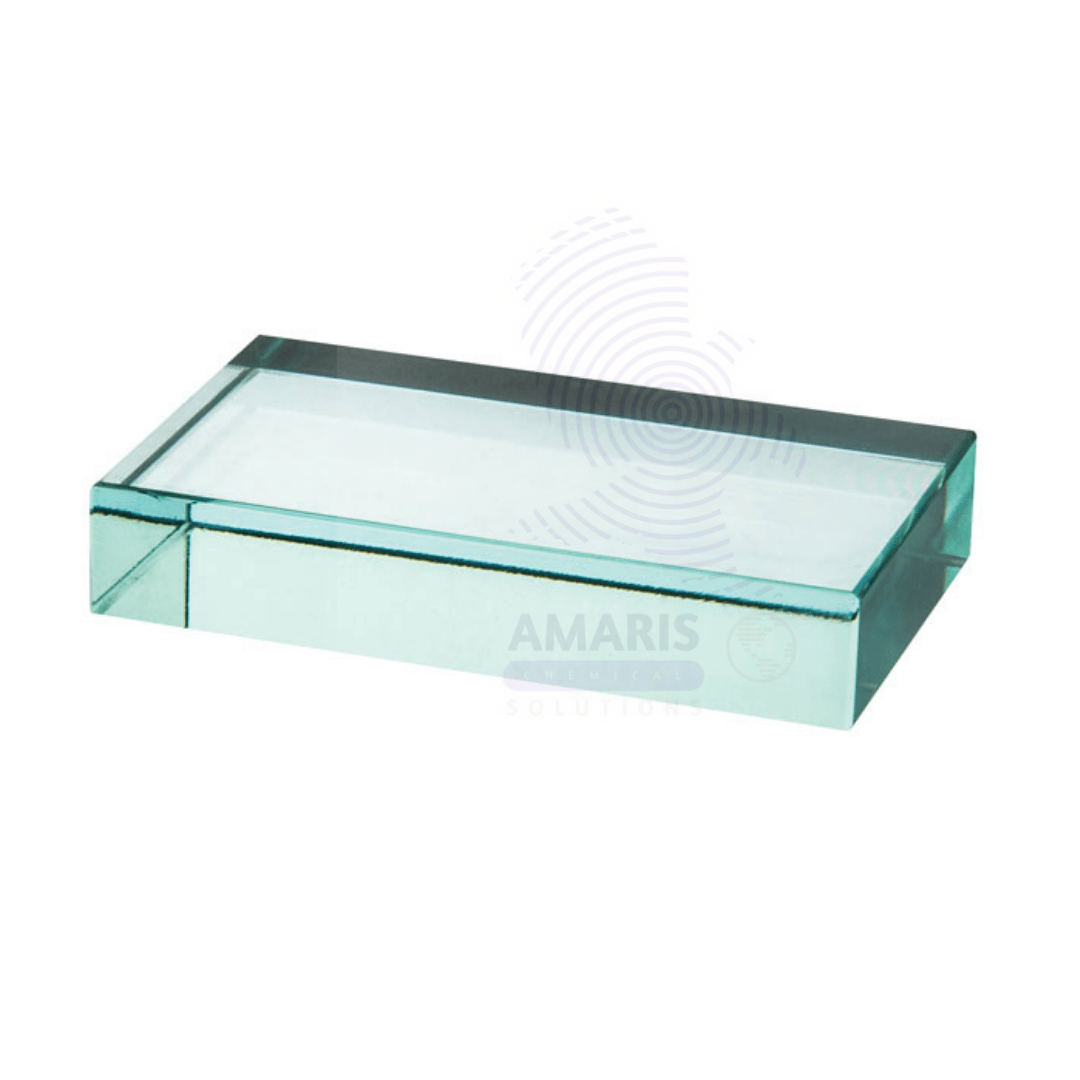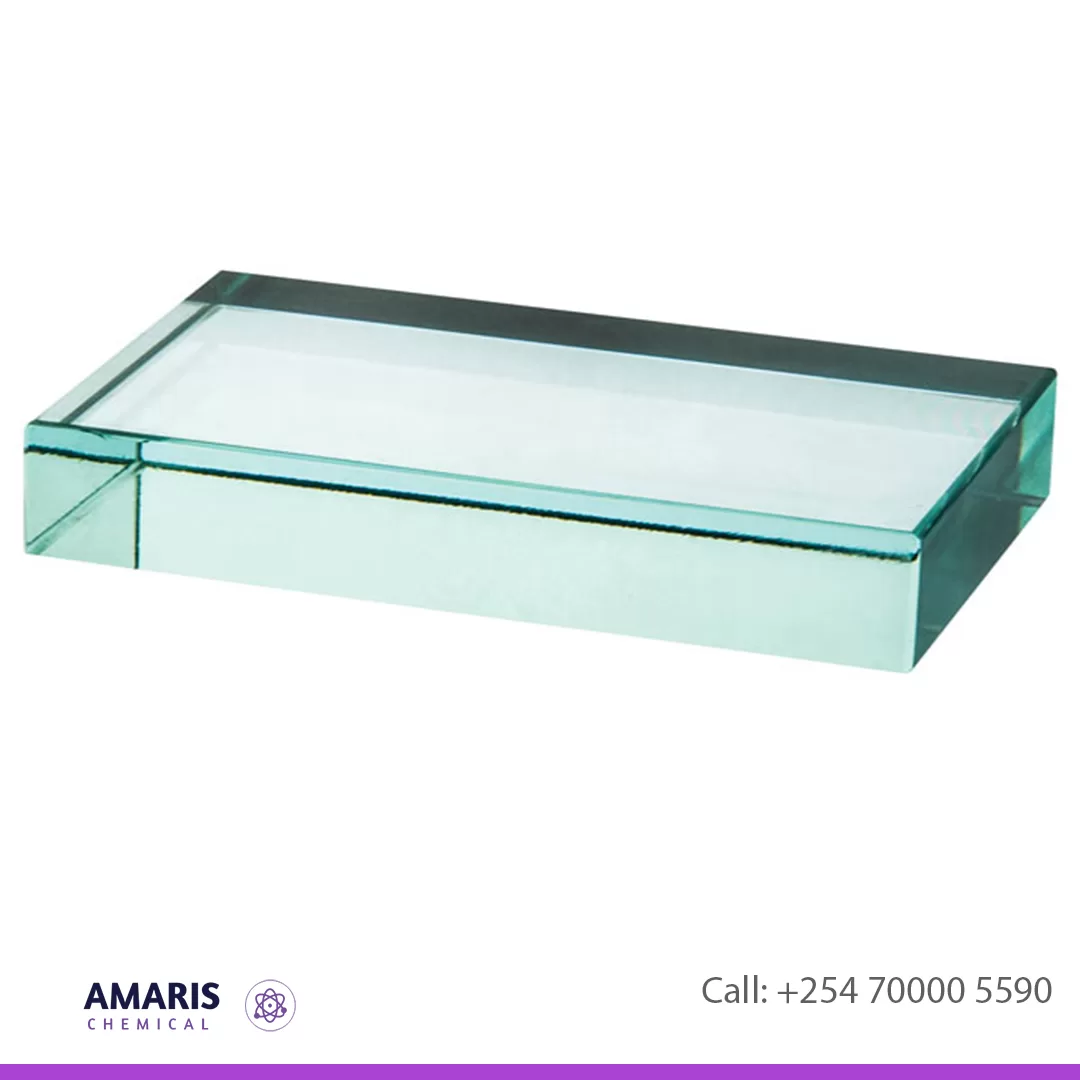“Maltitol powder 25kg” has been added to your cart. View cart
Xylanase baking enzymes
$0.01
Shipping & Delivery


MAECENAS IACULIS
Vestibulum curae torquent diam diam commodo parturient penatibus nunc dui adipiscing convallis bulum parturient suspendisse parturient a.Parturient in parturient scelerisque nibh lectus quam a natoque adipiscing a vestibulum hendrerit et pharetra fames nunc natoque dui.
ADIPISCING CONVALLIS BULUM
- Vestibulum penatibus nunc dui adipiscing convallis bulum parturient suspendisse.
- Abitur parturient praesent lectus quam a natoque adipiscing a vestibulum hendre.
- Diam parturient dictumst parturient scelerisque nibh lectus.
Scelerisque adipiscing bibendum sem vestibulum et in a a a purus lectus faucibus lobortis tincidunt purus lectus nisl class eros.Condimentum a et ullamcorper dictumst mus et tristique elementum nam inceptos hac parturient scelerisque vestibulum amet elit ut volutpat.
Related products
Acid Proof Gloves
Acid-proof gloves are an essential safety equipment used in laboratories where researchers handle corrosive chemicals. These gloves are designed to protect the wearer's hands from coming into direct contact with acids, which can cause severe burns and skin damage. They are typically made from materials that are resistant to acids, such as neoprene, nitrile, or rubber.
When choosing acid-proof gloves for laboratory work, it's important to consider the specific chemicals being used and select gloves that are compatible with those chemicals. Additionally, the gloves should fit well to provide adequate protection without compromising dexterity and comfort.
Proper usage of acid-proof gloves involves inspecting them for any signs of damage before each use, avoiding contact with incompatible chemicals, and promptly removing and properly disposing of gloves if they become contaminated. Regular maintenance and replacement of gloves are also necessary to ensure continued protection for laboratory personnel.
G-Clamp
G-clamp, also known as C-clamp, are commonly used in laboratories for various purposes. Here are a few ways they might be utilized:
- Holding Apparatus: In experiments where stability is crucial, G-clamps are used to secure laboratory apparatus to benches or tables. This ensures that the equipment remains in place during experiments, minimizing the risk of accidents.
- Securing Glassware: When conducting experiments involving glassware like beakers, flasks, or test tubes, G-clamps can be used to secure them to a stand or support rod. This prevents the glassware from tipping over or falling during the experiment.
- Supporting Heavy Objects: In situations where heavy objects need to be held in place temporarily, G-clamps provide a sturdy grip. This could be useful when setting up equipment or securing heavy components during an experiment.
- Fixing Materials for Cutting or Drilling: G-clamps are handy for securing materials like wood or metal in place while they are being cut, drilled, or manipulated in some other way. This ensures precision and safety during such tasks.
- Custom Setup: Sometimes, experiments require customized setups that aren't readily available with standard laboratory equipment. G-clamps allow researchers to create temporary fixtures or arrangements tailored to their specific experimental needs.
Liquid strawberry flavor food grade
Protease Baking enzymes
Rectangular Glass Block
Rectangular glass blocks are commonly used in laboratory settings for various purposes. Here are some common uses:
- Windows: In laboratory buildings, rectangular glass blocks are often used as windows to allow natural light into the space while maintaining safety and privacy.
- Partition Walls: Glass blocks can be used to construct partition walls within the laboratory, separating different work areas while still allowing visibility and light transmission.
- Observation Windows: In controlled environments such as cleanrooms or containment labs, rectangular glass blocks may be installed as observation windows, allowing researchers to monitor experiments or processes from outside the controlled area.
- Fume Hood Windows: Glass blocks are sometimes used as windows in fume hoods, providing a transparent barrier between the user and hazardous chemicals or fumes while still allowing observation of experiments.
- Light Transmission: Glass blocks can also be used in experimental setups where controlled light transmission is required, such as in optical experiments or photobiology studies.
- Decorative Elements: In some cases, glass blocks are used for aesthetic purposes in laboratory design, adding visual interest to the space while still providing functional benefits like light transmission and visibility.
Single Gas Mask
A gas mask used in laboratories is typically designed to protect against various hazardous substances, including chemicals, biological agents, and radioactive particles. These masks usually feature a tight seal around the face to prevent contaminants from entering. Here's a basic overview of the components and considerations:
- Facepiece: The main part of the mask that covers the nose, mouth, and sometimes the eyes. It's usually made of rubber or silicone for flexibility and a proper seal.
- Filter Cartridges: These cartridges are attached to the mask and contain various filter materials to purify the air. They can be specific to certain types of contaminants or provide broader protection.
- Straps: Adjustable straps secure the mask to the wearer's face, ensuring a snug fit.
- Exhalation Valve: This valve allows the wearer to exhale air without letting outside air in, maintaining a closed system for breathing.
- Visibility: Some masks feature transparent facepieces or additional eyepieces to ensure proper vision while wearing the mask.
- Comfort Features: Some masks include features like padding or adjustable nose bridges for added comfort during extended wear













